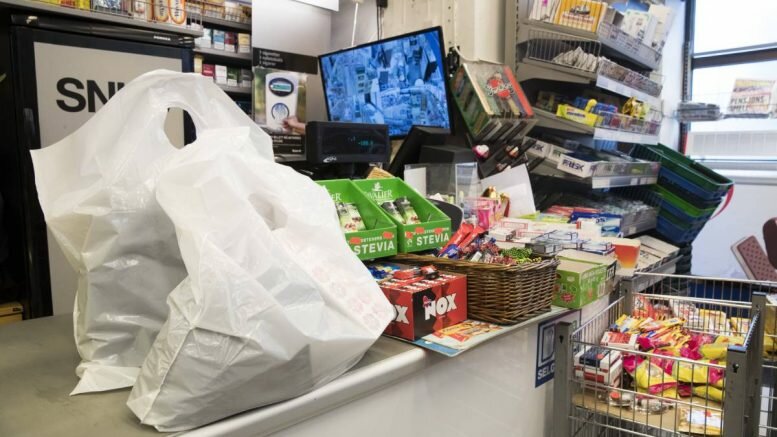A number of different chemicals from food, cosmetics, shampoos, and skincare products pass through our body daily, the Norwegian Institute of Public Health (FHI) notes.
In its EuroMix study, the FHI analyzed urine from 44 men and 100 women aged 18 to 70 in Norway over a period from 2016 to 2017.
The research group is now presenting the first results.
The research group says an assessment of the quantities is needed before they can say anything about how serious this is. Almost all test subjects have a rich list of foreign substances in the tests they have taken.
“It is worrying that we find so many different chemicals in urine in humans,” Trine Husøy told news bureau NTB.
Unclear health risk
Husøy leads the research project EuroMix and emphasizes that it has not yet been assessed to what extent the chemicals pose a health risk.
“It depends on the amounts of different substances and how these work together. Our data must also be compared to what has been published previously. We are currently working on new analyses of this,” Husøy said.
The study initially checked for three groups of chemicals: plasticizers (phthalates and DINCH), bisphenols, and parabens.
Many new analyses are planned in the EuroMix study in the future, also of more readily degradable chemicals in the blood.
“In contrast to natural substances, some synthetic substances can accumulate in the food chain, and many of these are particularly dangerous to health. We will investigate this further,” Husøy said.
From food and cosmetics
The results showed that more than nine out of ten participants had ingested eight different plasticizers, i.e., phthalates and DINCH.
These are plasticizers in plastic products, which can “leak” into food from the packaging.
They are also found in body care products such as shower gel, hand cream, toothpaste, anti-wrinkle cream, and shaving products.
Also, more than nine out of ten participants had ingested bisphenol A and triclosan.
Bisphenols are a component of hard plastic products and are more strongly bound to the plastic than phthalates.
Therefore, bisphenols do not leak as easily from the packaging, but smaller amounts are found in food and body care products and can come from there.
The amount of bisphenols in the urine was related to the intake of various drinks, bread, and edible fats. Triclosan is used in body care products as an antibacterial agent.
Half of those surveyed had ingested parabens – women more than men. Parabens are a group of chemicals used as preservatives in both food and cosmetics, but which can have endocrine-disrupting effects.
The sample in the survey had higher education, ate healthily, and no one smoked on a daily basis.
Since they were not representative of the general Norwegian population, the researchers believe that there are probably many who ingest both more chemicals and larger amounts than the study participants.
Among other things, smoking contributes to a chemical load that was not captured in this study.
Impossible to avoid completely
EuroMix is called a biomonitoring study and is part of the EU project “European Test and Risk Assessment Strategies for Mixtures.” Several EU projects are looking at the effect of chemicals on health.
“Similar surveys have been done in some previous Norwegian studies and in other countries with similar results,” Husøy said.
Husøy also gave some advice on how people can limit the amount of chemicals they ingest.
“It is about quantities and what type of food you eat and how much products, such as cosmetics, you use.
“Products that remain on the skin often contribute more than products that are washed off. Foods packed in plastic packaging will contain more plasticizers.
“But it is also not possible to avoid these substances completely. Some of these substances are approved for use in various foods and products. We are still unsure of what health effects the chemical mixture may have,” the researcher emphasized.
Husøy added that all three mentioned chemical groups have a relatively short half-life in the body and are excreted quickly.
“But if you have a steady, continuous intake, then this is not so relevant. And it is not a given that that mixture cannot do harm while the body is exposed,” Husøy concluded.
© NTB Scanpix / #Norway Today






Be the first to comment on "Nine out of ten Norwegians ingested eight different plasticizers, new study shows"